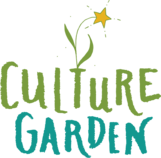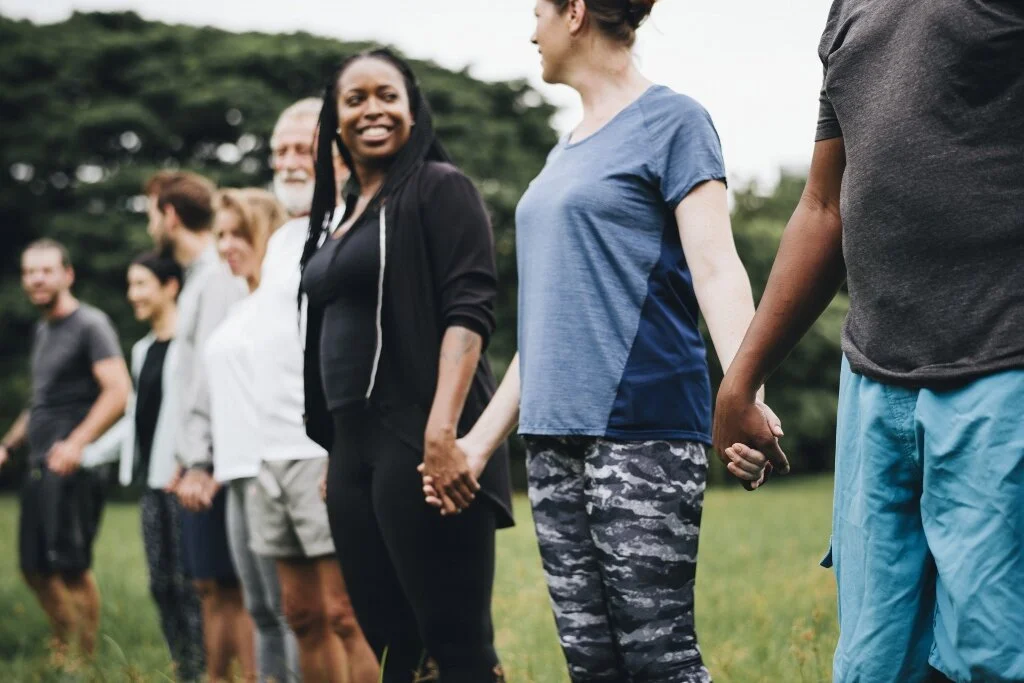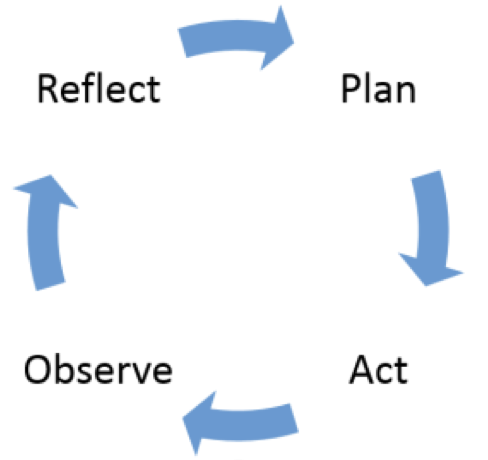Integrating connective cultural practices
I move to various communities. Often. It’s my way of living & learning from the people, places and cultures I encounter. I am fascinated by life, by human ways of organising, and relating to our surroundings. I noticed early on that people (including me!) tend to thrive in life when their surroundings are well balanced — when both their basic needs are met, and they are aware of their own gifts to offer each other.
I love to contribute my skills with others, as we experience and grow with one another. The more I became aware of balancing my basic needs while offering my skills, the more I wanted to support others — and be supported by others — to thrive, and not just survive in this life. Early on I became more & more curious about the purpose of “life”, wondering if our “one wild and beautiful life” is truly and simply “nasty, brutish, and short”, or if there was more joy and connection to experience, together. Where’s the fun, the playfulness of life, when so many are suffering? Poverty on the streets, sickness even in children, and wars rage on through the decades. “Lest we forget” is the western war reminder of how bad it is to fight each other, to kill one another, but as wars keep on raging, and as we walk right past those who are suffering each day, as our busy lives become more and more complicated, I couldn’t help but wonder if, ummm, “we forgot”!
Keep Calm, and Carry On
We forgot how much suffering increases by not being kind, compassionate and caring with each other (and with ourselves!). But how do we begin to address the ways our societal structures & institutions are out of balance? This has been my ever growing question as I could see that our cultural ways (our learned behaviours) are so challenging to shift, and with so much going on as the world changes faster and faster; I hear so many people who become overwhelmed by it all, and need to just keep their heads down, or focus on themselves, or on their families. Bless them. And the slogan“Keep Calm and Carry On” rings louder — another western war slogan; not sure these have helped us or cultures to be healthy or well.
Connective Cultural Practices
I began to understand much more deeply that it is the internal connective cultural practices, so commonly and tragically ignored, which have become crucial to my view of success. I learned to facilitate groups, within the sweet spot where several things intersect: mapping a group’s assets; offering supportive cultural practices; creating a safe space for vulnerability and honesty; allowing time for reflection and deep listening.
Connection is like an invisible root system, which links each individuals’ inner journey of self-actualisation with the interactions and activities of the whole. Practicing connection ensures that a group’s outer activities and initiatives support its members’ inner wellbeing – and vice versa – which invokes the powerful synergy of mutual benefit. We’ve seen the ways that this synergy is an invaluable source of energy, inspiration, and guidance for any group.
With this type of integrated approach, groups can become aware of their interpersonal dynamics and harness their collective wisdom. Proving more and more my belief that although “the community knows best”, they require support to get through their intentional transformation.
“It’s like live theatre, no rehearsals, just inviting the participation (and willingness!!) to learn from the head, heart & soul of the group.”
Catching The Enthusiasm
Although I am academically trained in community economic development, with a specialization in Asset Based Community Development (ABCD), and Action Research (or learning by documenting the actions — planning, reflecting & revising cycles), I am also blessed with a knack for catching a group’s enthusiasm, and supporting them with simple step by step interactive action plans towards achieving a clear path forward that they design, while I gently assist whatever change process the group then goes through together as a result of their intended actions. It’s a beautiful dance that I love to participate with — it’s like live theatre, no rehearsals, just inviting the participation (and willingness!!) to learn from the head, heart & soul of the group.
Early on in my career — likely due to my upbringing — I could understand and appreciate both opposing perspectives of the “office” and the “village”. Said another way, I understood the office world of policies, procedures & funding, and I could communicate this foreign language to the villages on the ground in a way they could understand and get behind, especially since it was always their idea to begin with! Often I had to go back and forth between these 2 worlds that spoke very different languages where the office world sought “Results”, and the Village sought “Connection & Hope”. For me the results were the stories of change, learning & growth that were the important pieces, not the office who wanted to have Results Based Management (RBM) reports on time and on schedule, but I knew how to produce to meet both worlds.
“I began to recognize that groups’ emotional and interpersonal needs were not being addressed by the conventional planning process. ”
When I first started out, I assumed that any planning process with the aim of increasing an entire group’s wellbeing would be met with joyous support. I wanted to facilitate community wellbeing, while listening to and learning from groups. Everywhere I went, however, I began to recognize that groups’ emotional and interpersonal needs were not being addressed by the conventional planning process. Something was missing. I noticed, time and again, that it didn’t matter how well I caught communities’ enthusiasms, or whether or not their well-planned actions were achieved. Untended needs could undermine even the most meticulously careful planning process. After planning and implementing changes, a sense of deepening connection in the group was often absent, and yet for me creating more connection between each other was the whole point of my work with them! Creating healthy ways to connect felt far more important to me then achieving a list of action items. We are human beings, not human doings!
Action Planning as a connective practice
This is why Culture Garden offers support and structure for groups' "Cycles of Learning": for a cyclical process of Visioning and Planning, Prototyping/Action, Observation (including assessment, measurement and evaluation), Reflection (including creative and non-linear processes), and back to Visioning/Planning again. This supports groups to share accountability, to regularly harvest – and direct – the tangible progress or "outcomes" of their efforts, and to ongoingly update their sense of purpose, vision, and shared action. We believe that effective methods of project management support the safety, trust and vulnerability required for deep creativity and flow, and that they ensure outcomes are aligned with a group's deepest visions.
Does your group require Action Planning support as a connective practice?


